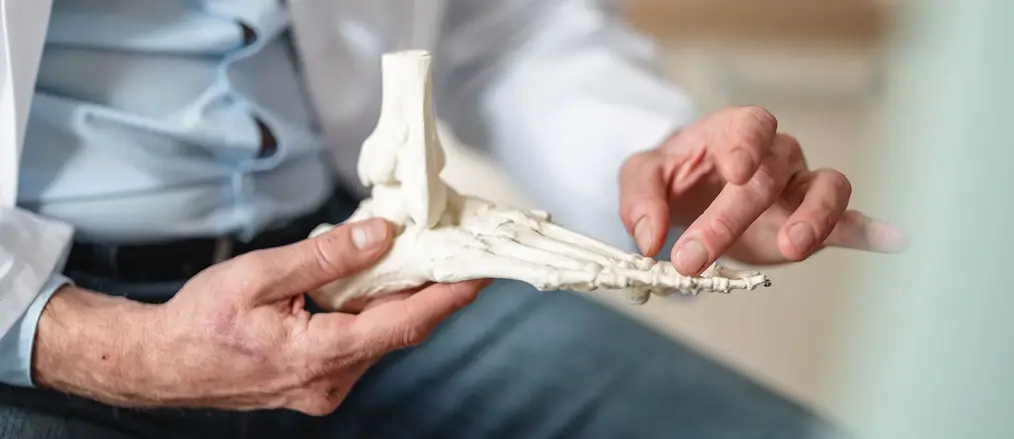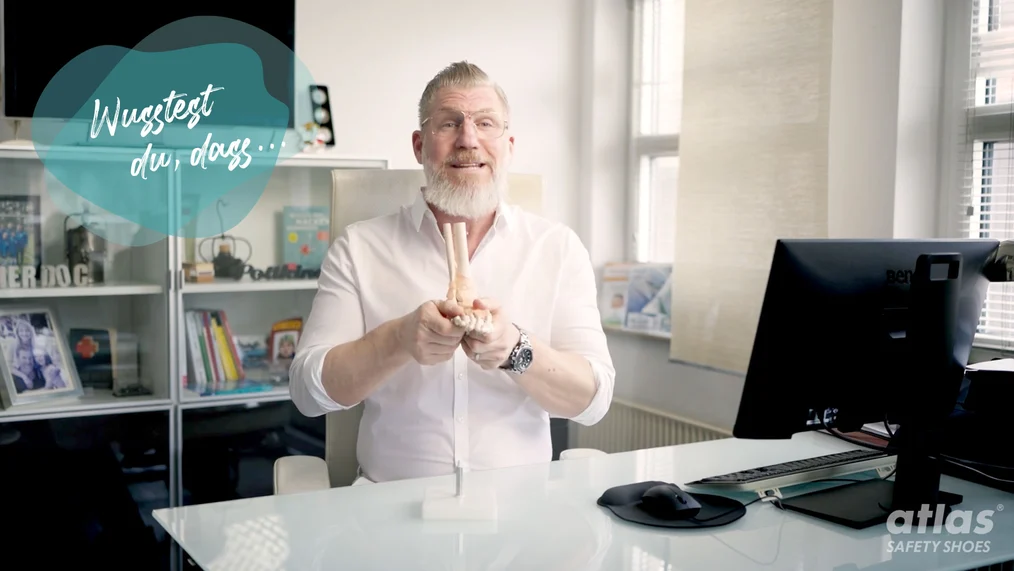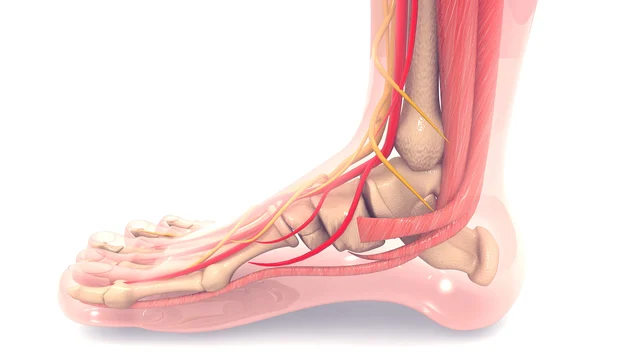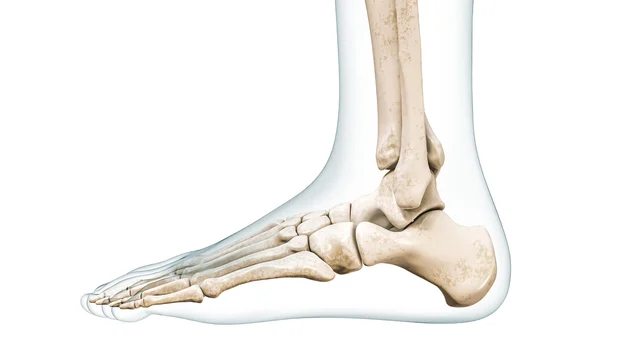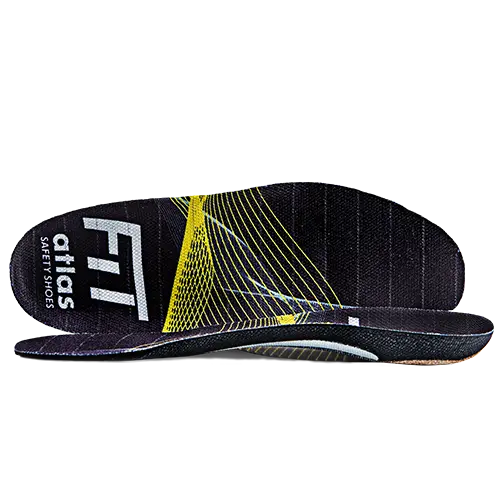STATICS OF THE FOOT
Feet support us, but what supports the foot? – The statics of the foot muscles
Please note: Once you watch the video, data will be transmitted to Youtube/Google. For more information, see Google Privacy.
Whereas the anatomy of that miracle that is your foot deals with the structural design of the bones, muscles and ligaments, the statics of the foot is about the alignment and functions in motion. Both are closely connected to each other, because it is the muscles and ligaments that enable our foot to walk.
ANATOMY OF THE FOOT ➔If you look at the skeleton of a foot, something very decisive stands out: In the rear section, the bones lie on top of each other, while in the middle and front area, they lie next to each other. This creates two arches, which are supported by a network of ligaments, tendons and muscles. Together, they absorb shocks and thus ensure a smooth gait. The so-called longitudinal arch is a cavity between the heel and the ball of the foot. The small bulge on the metatarsus, which forms under the foot when you stand upright is called the transverse arch.
FOR AN OPTIMAL FIT ➔THE 2 LEVELS OF THE FOOT
The so-called longitudinal arch is a hollow space between the heel and the ball of the foot. The small bulge on the midfoot that forms under the foot when you stand upright is called the transverse arch.
SYMPTOMS ➔
Contrary to popular assumptions, it is not the longitudinal arch that ensures stability when walking upright, but the transverse arch in the metatarsus. The most recent research* by Yale University into the biomechanical functioning of the foot revealed that the transverse arch ensures that our foot can maintain its shape despite the high load during the rolling motion of the foot. According to the researchers' measurements, it contributes more than 40 percent to foot stiffness, while the longitudinal arch only contributes just under 23 percent. Thanks to the interaction of both arches, and provided that the muscles are sufficiently engaged or trained, healthy feet never rest on their entire surface. If muscle engagement is insufficient, the arch of the foot flattens. In this case, almost everyone experiences changes in or malpositions of the foot.
*Source: Nature, 2020; doi: 10.1038/s41586-020-2053-y
Foot training
Say goodbye to the spiky massage ball – How to succeed in effective foot trainingAdé Igelball – So gelingt effektives Fußtraining
In stressful everyday life, very few people manage to integrate walking barefoot, in which the foot can perform its full rolling function and thus strengthen itself. Muscle training for the feet is therefore the only way to actively counteract muscle-related malpositions of the foot such as fallen arches or flat feet. Many people tend to resort to the method with the spiky massage ball, which is gently rolled over the soles of the feet. This may stimulate the nerve endings, but does not contribute towards strengthening the muscles. If you want to train your biceps in the gym, you would not roll a ball over your skin – you would contract the muscle. The same also applies to feet.
Control exercise
During the control exercise, you alternately raise your big toe and the other toes upwards. This may be difficult at first because the links in the brain have been neglected in many people and need to be re-established. This may take a few weeks, but over time it will result in you being able to raise your toes more separately – like well-trained pianists can with their fingers. Some people even manage to move each toe individually. Anyone who masters this exercise may start with the strengthening exercise.


Strengthening exercise
For this we imagine three basic points: the big toe, the smallest toe and the heel. Now stand in an upright position – for example, for ten minutes in front of the couch in the evening – and make a conscious effort to contract these three points. The aim is to provide an impulse that flexes the heel arch and the longitudinal arch. The feeling you have is that the arch under your foot is pulled upwards. This exercise simulates walking barefoot, where you push off with your foot.
Both exercises take time to perfect, four to five weeks is not uncommon, but they are very effective. Foot gymnastics techniques such as the spiky massage ball, standing on tiptoe, stretching or heat treatments are merely symptomatic therapies that provide some benefit for the moment, but do not make a difference in the long term.
WALK BETTER WITH THE FIT INSOLE
Every foot is different. How is a single insole supposed to optimally fit thousands of foot sizes and shapes? The answer is provided by ATLAS: With the aid of flowmould technology, the FIT INSOLE can be individually tailored to the unique arch of your foot.
LEARN MORE ➔
